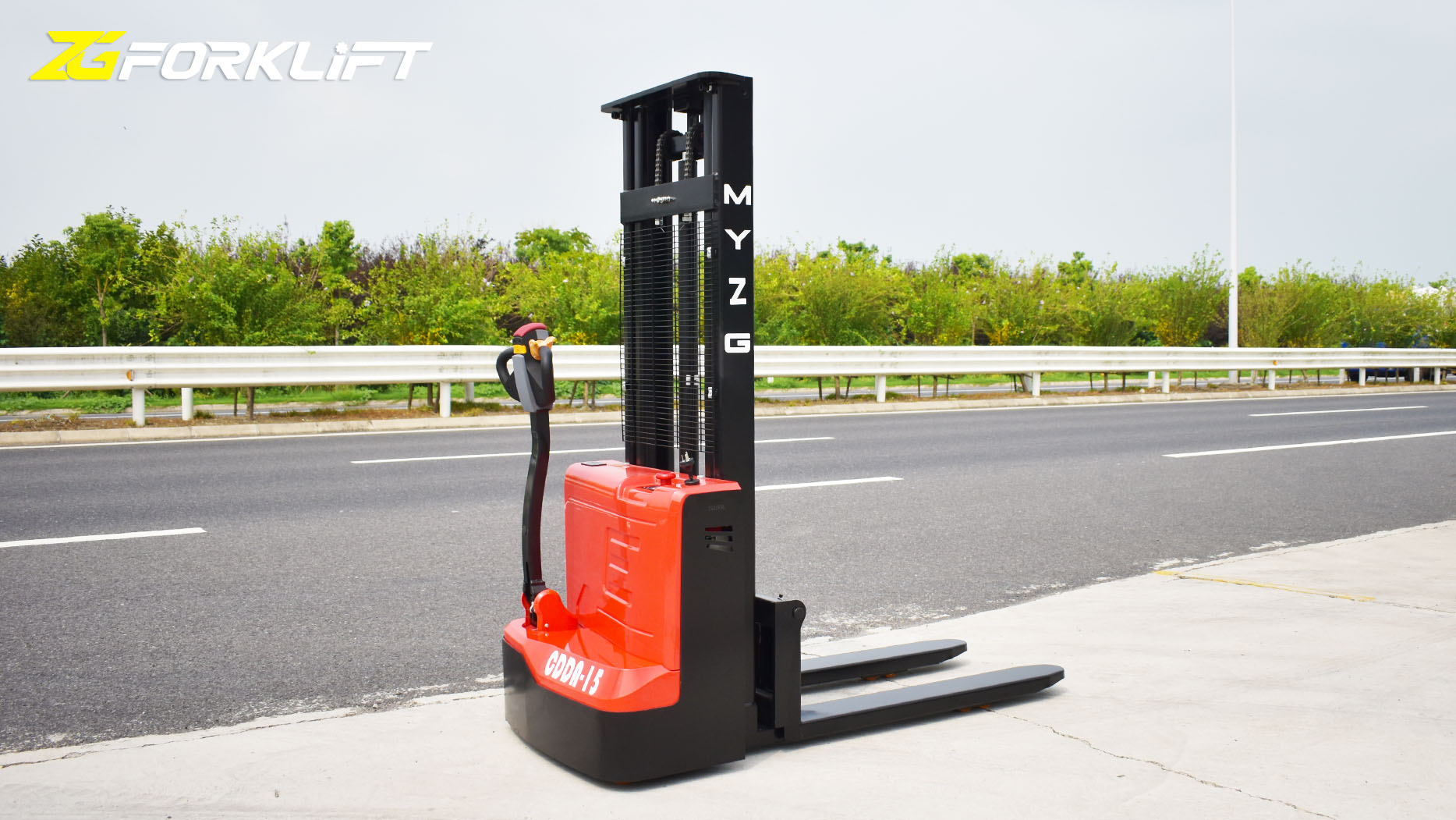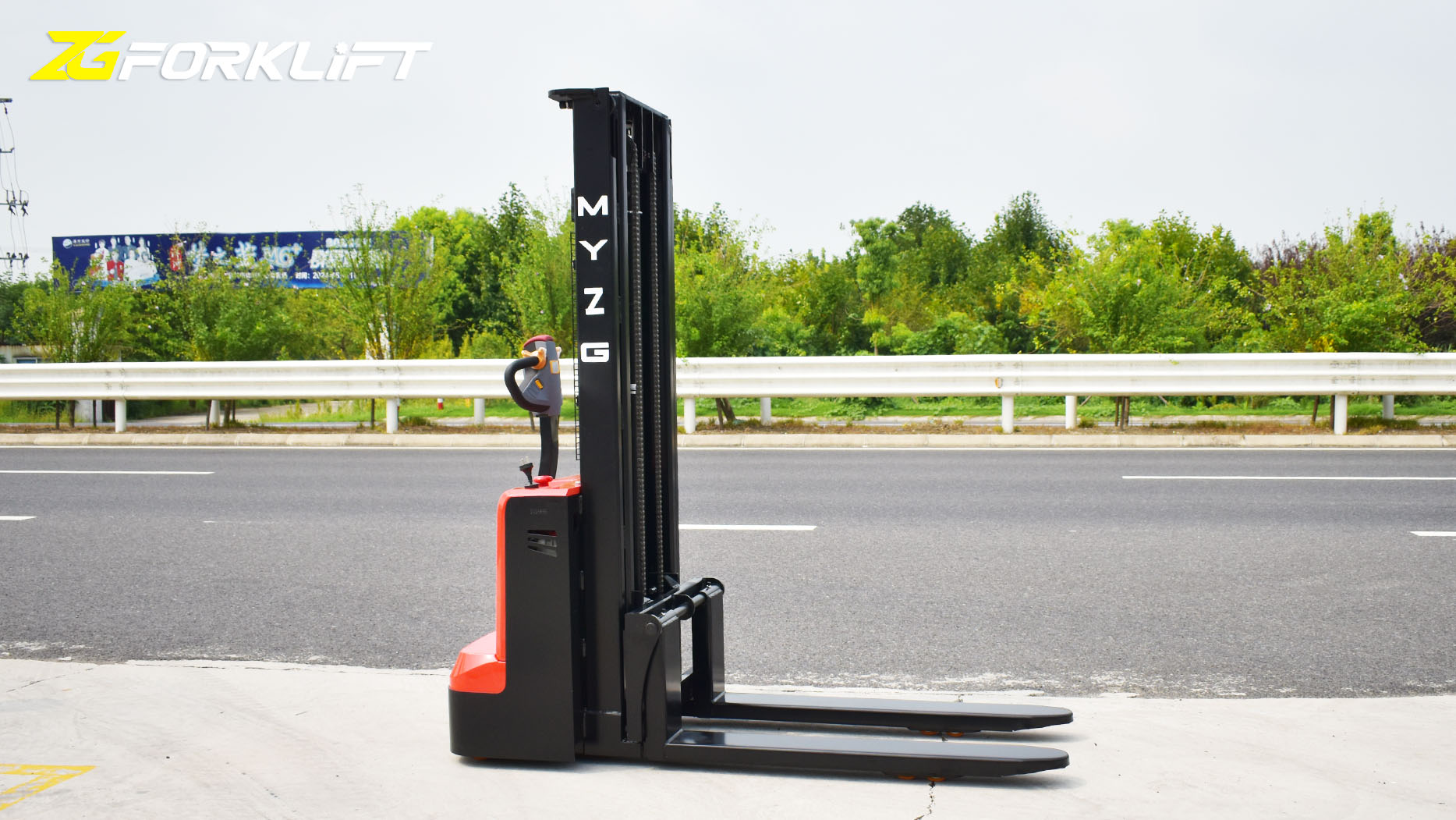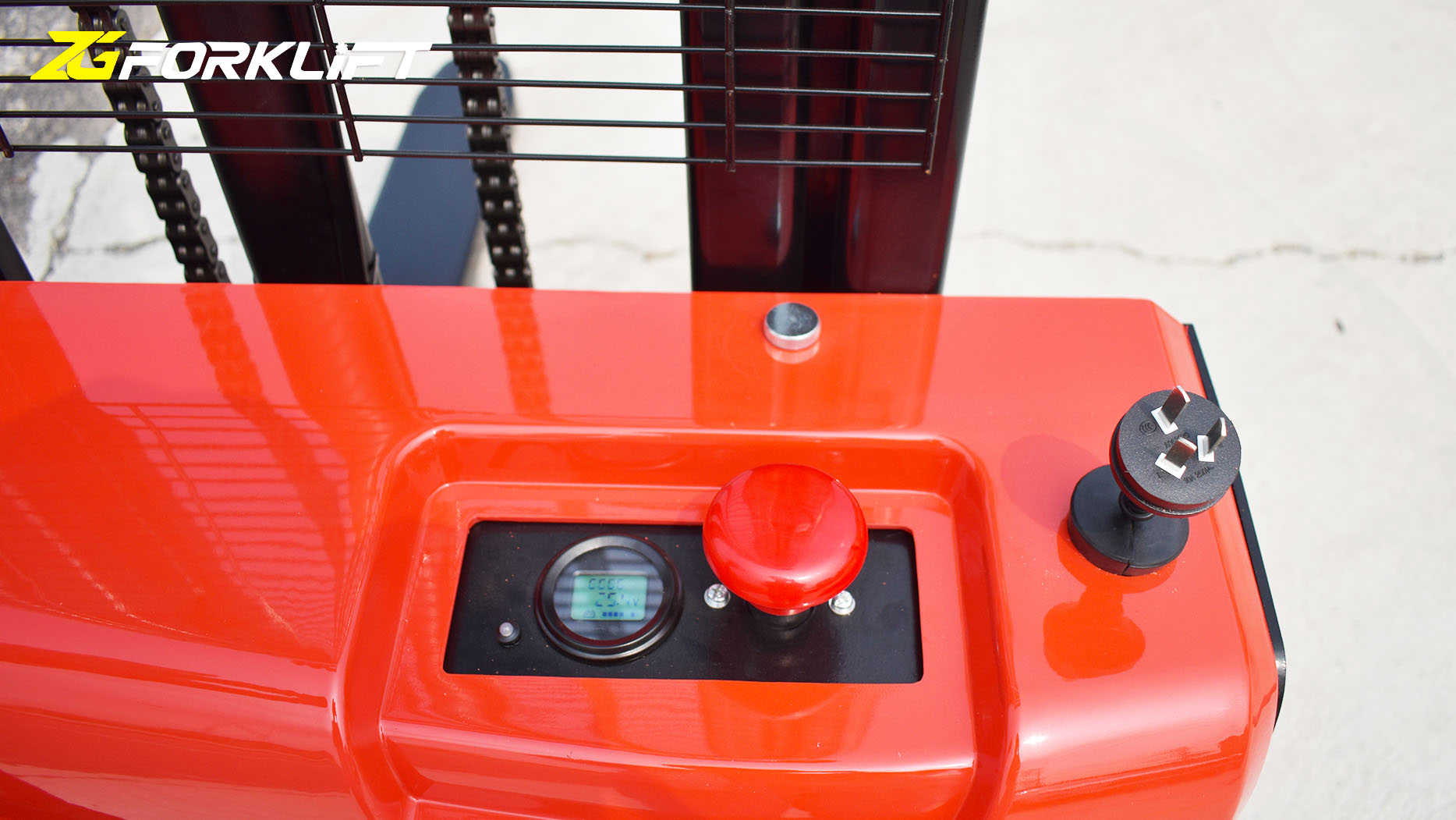How Much is a Stacker? A Deep Dive into Stacker Pricing Factors
Stackers, also known as pallet stackers or stacking machines, are essential equipment in warehousing, manufacturing, and logistics operations. They streamline material handling by efficiently stacking pallets, boxes, or other unit loads, maximizing storage space and improving workflow. But the question "How much is a stacker?" isn't a simple one. The price of a stacker can vary significantly based on a multitude of factors, ranging from the type and capacity of the machine to its features, brand, and even the specific supplier. This article delves into the key elements influencing stacker pricing, providing a comprehensive overview to help you budget effectively for your material handling needs.
1. Type of Stacker: The Foundation of Cost
The most significant price determinant is the type of stacker. Broadly, stackers can be categorized into manual, semi-electric, and fully electric models.
Manual Stackers: These are the most basic and budget-friendly option. They rely on manual power for lifting and movement, typically using a hydraulic pump system. Manual stackers are suitable for light-duty applications with infrequent stacking needs and limited lifting heights. Prices for manual stackers can range from a few hundred to a couple of thousand dollars, depending on the lifting capacity and height.
Semi-Electric Stackers: Offering a balance between cost and efficiency, semi-electric stackers utilize an electric motor for lifting, while manual power is still required for pushing and maneuvering. This reduces operator fatigue and increases productivity compared to manual stackers. Semi-electric stackers generally cost between $2,000 and $5,000, again depending on capacity, lift height, and features.
Fully Electric Stackers: These are the most sophisticated and expensive type of stacker. They are fully motorized, handling both lifting and movement electrically. Electric stackers offer the highest productivity, efficiency, and operator comfort, making them ideal for high-volume operations. Prices for fully electric stackers can range from $5,000 to upwards of $20,000 or even more for specialized models.
2. Capacity and Lift Height: Matching Performance to Needs
The lifting capacity and lift height are crucial performance parameters that directly impact the price.
Lifting Capacity: This refers to the maximum weight the stacker can safely lift. Stackers are available with capacities ranging from a few hundred pounds to several tons. Higher capacity stackers require more robust components and engineering, leading to higher prices.
Lift Height: This indicates the maximum vertical distance the stacker can lift the load. Higher lift heights require more complex hydraulic or electric systems, increasing the cost. Consider your specific stacking requirements and the height of your storage racks when choosing a stacker.
3. Features and Functionality: Adding Value (and Cost)
Beyond the basic functionality, various features can enhance the performance and usability of a stacker, but they also contribute to the overall cost.
Adjustable Forks: Allow for handling different pallet or load sizes, adding versatility.
Tilt Function: Enables tilting the load for easier handling and positioning.
Side Shift: Permits lateral movement of the forks, facilitating precise placement of loads.
Programmable Controls: Offer advanced control over lifting and movement, improving efficiency and safety.
Safety Features: Including overload protection, emergency stop buttons, and safety interlocks, are essential and can influence the price.
Battery Type and Charger (for electric stackers): The type of battery (e.g., lead-acid, lithium-ion) and the charger's capabilities can affect the price. Lithium-ion batteries generally offer longer runtimes and faster charging but come at a higher initial cost.
4. Brand and Quality: Investing in Reliability
The brand and quality of the stacker play a significant role in its price. Reputable manufacturers with a proven track record of reliability and performance often command higher prices. While less expensive brands may be tempting, consider the long-term costs associated with maintenance, repairs, and downtime. Investing in a high-quality stacker from a reputable brand can provide better value in the long run.
5. New vs. Used: Balancing Budget and Condition
Purchasing a used stacker can be a cost-effective option, especially for businesses with limited budgets. However, it's crucial to thoroughly inspect the used stacker to ensure it's in good working condition and meets your safety requirements. Consider factors like the age of the machine, its maintenance history, and the availability of spare parts. A reputable dealer can offer some assurance of quality, but be prepared to pay a premium compared to a private sale.
6. Supplier and Location: The Impact of Logistics
The supplier you choose and your location can also influence the price. Different suppliers may offer different pricing structures, discounts, and after-sales services. Shipping costs can also be significant, especially for larger and heavier stackers. Local suppliers may offer lower shipping costs and faster delivery times.
7. Customization: Tailoring to Specific Needs
For specialized applications, customized stackers may be required. Customization can involve modifications to the lifting capacity, lift height, fork size, or other features. Custom-built stackers will typically be more expensive than standard models.
8. Market Conditions: Fluctuations in Supply and Demand
Like any other product, stacker prices can be influenced by market conditions, such as fluctuations in raw material prices, currency exchange rates, and overall demand. Periods of high demand may lead to higher prices and longer lead times.
9. Hidden Costs: Beyond the Initial Price Tag
When budgeting for a stacker, it's important to consider the hidden costs beyond the initial purchase price. These can include:
Shipping and Delivery: As mentioned earlier, these costs can be substantial.
Installation and Training: Depending on the complexity of the stacker, professional installation and operator training may be required.
Maintenance and Repairs: Budget for regular maintenance and potential repairs to ensure the stacker's longevity.
Operating Costs: These include electricity consumption (for electric stackers) and fuel costs (for internal combustion engine stackers, if applicable).
Conclusion: Making an Informed Decision
Determining the cost of a stacker involves considering a complex interplay of factors. By carefully evaluating your specific needs, including the type of stacker, capacity, lift height, features, and budget, you can make an informed decision and choose the right stacker for your operation. Don't hesitate to consult with material handling equipment suppliers to get personalized quotes and expert advice. Remember that the cheapest option isn't always the best. Investing in a reliable and efficient stacker can significantly improve productivity and optimize your material handling processes, ultimately delivering a strong return on investment. By understanding the factors that influence stacker pricing, you can confidently navigate the market and secure the best value for your money.
Post time:Feb.06.2025



